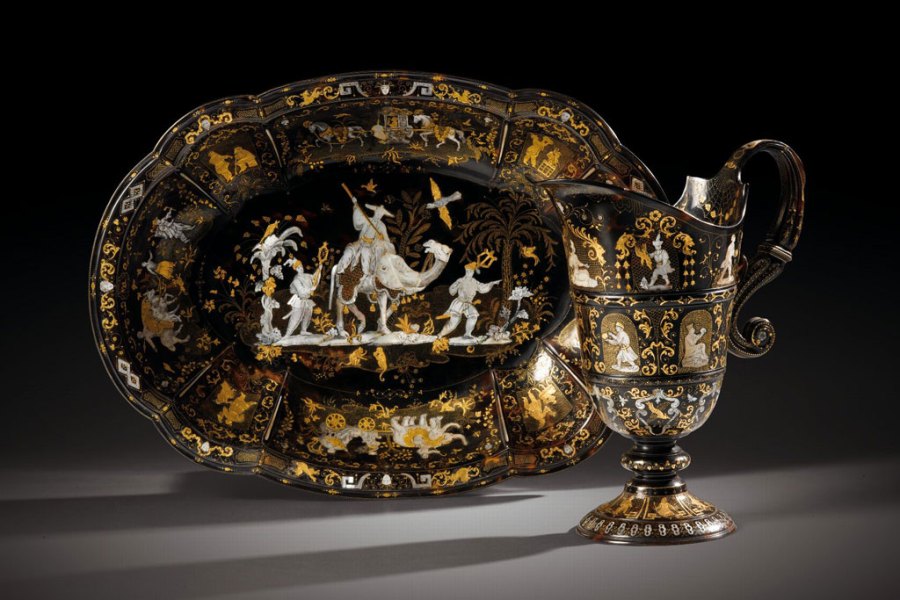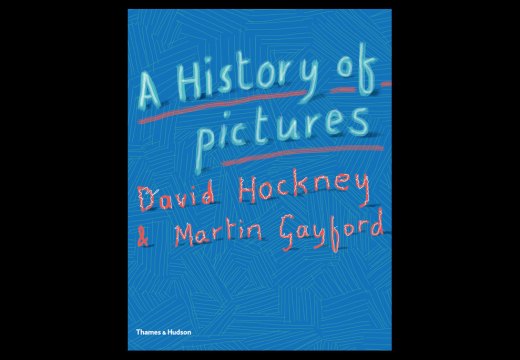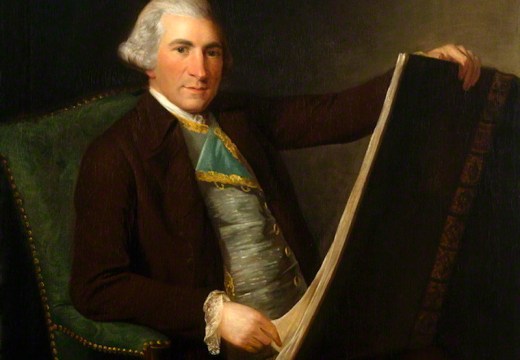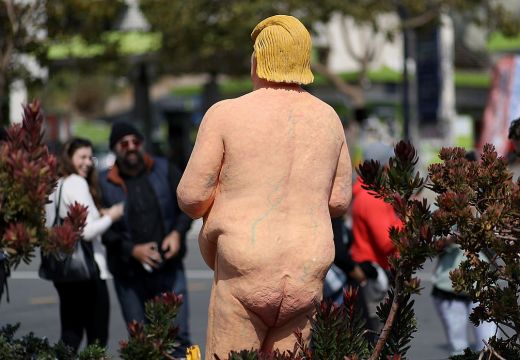Apollo’s regular round-up of art market headlines and comment. Visit Apollo Collector Services for expert advice on navigating the art market.
Every serious collector claims to want the best of the best. But do they really? I suspect few are brave or curious enough to look beyond a narrow set of parameters, but anyone in pursuit of the exemplary needs to rip off their blinkers. Exceptional quality is to be found in many an unfamiliar place.
On 28 November, Sotheby’s Paris will offer nine museum-quality pieces from the collection of Hossein and Mariam Qizilbash. It is not the first time that these London-based Iranian collectors have parted with works of art – Christie’s Paris sold five other masterpieces in 2007. Their taste for opulent materials and exquisite craftsmanship could hardly be less fashionable or politically correct – but that is hardly a reason for overlooking the extraordinary. Illustrated here is a Neapolitan tortoiseshell ewer and basin inlaid with mother-of-pearl and gold in that most extravagant of techniques, piqué posé. Each detail of its refined and delightfully whimsical chinoiserie and singerie design is meticulously shaded and engraved. There are a handful of pieces of comparable quality in the world, but nothing better. How often may this be said of a work of art on the market?
Piqué work was reputedly perfected in the 17th century by the Neapolitan jeweller and silversmith Laurenzini, and reached its zenith at the Bourbon court of Naples in the first half of the 18th century, when these pieces appear to have been made. Little is known about these tartarugari or turtle-shell men – tortoiseshell is in fact the shell of the tropical Hawksbill sea turtle. Few pieces are signed, although craftsmen such as Gennaro Sarao were recorded as working for the royal household.
To begin with, these exotic shells, which measure up to 1m long, were costly. In order to work it, the shell was first softened in boiling water and olive oil until malleable, and then moulded into shape. While still at a high temperature, other specialist craftsmen impressed – not glued – strips of mother-of-pearl and silver or gold into the surface. When the shell cooled and shrunk, the inlays were firmly secured. Diderot’s Encylopédie illustrates the tools used, and shows women working alongside men in the French workshops. It also lists the different techniques: point d’or, where minute holes are filled with melted gold or silver; coulé, as before but the metal is used to fill linear engravings; incrusté, which used mother-of-pearl or gold plaques; and posé, which combined all three techniques. Needless to say, the latter was the most extravagant. Despite their utilitarian forms, such fragile luxury objects of this scale were made solely for display.
Although made in Naples, these particular pieces drew inspiration from across Europe. While the serpentine basin shape derives from the rather retardataire baroque designs of contemporary Capodimonte porcelain, the ewer seems to have French silver prototypes as its source. For the fantastical chinoiserie decoration, the craftsmen appear to have reinterpreted the widely circulated and influential engravings of Jean Bérain and the Augsburg-based Paul Decker.
Piqué work was sought after by Grand Tourists – Robert Adam, for instance, purchased ‘very handsome snuff-boxes’ – and its manufacture extended across Europe with the most important centres in France and Germany as well as Naples. The 19th century saw something of a rediscovery, with piqué jewellery becoming popular for daytime use, and major 18th-century pieces prized by leading collectors across Europe, not least various Rothschilds in France and England and Queen Mary. One of the few pieces of comparable quality to this ewer and basin even made it to Russia in the 1860s – a small table, apparently with the monogram of Gennaro Sarao, now in the State Hermitage Museum.
The rosewater ewer and basin were acquired by the wealthy politician Sir Julian Goldsmid (1838–96), and sold after his death. They turned up at auction again in 1976 and 1990, acquired and sold on behalf of the British Rail Pension Fund. Le gout Rothschild had had its day in Europe by around 1920, although its taste for opulence and grandeur lingered through the American Gilded Age. It is hard to imagine that they fetched an amount commensurate to the purchase price paid by Sir Julian. Even so, at Sotheby’s Geneva in 1990 they doubled their estimate, selling for SF 176,000 (around €100,000). According to Sotheby’s Mario Tavella, prices for piqué have been transformed over the last 10 years: ‘It is much more admired, and there is much more knowledge.’ He cites at least four collectors in Italy, and some in France, and pointed out that recent sales had also been made to Asian buyers. These two examples now return to auction bearing an estimate of €400,000–€600,000.
The Qizilbash catalogue also illustrates a 10th item – one of the most elaborate of all Trapani mirror frames from early 18th-century Sicily – which is being offered by private treaty sale as ivory may not be traded in France. This sumptuous tour-de-force incorporates not only lapis lazuli, pietre dure, tortoiseshell and mother-of-pearl, of course, but also coral, 22 species of which are now protected under the Endangered Species Act.
Visit Apollo Collector Services for the best information and advice about managing an art collection.
Unlimited access from just $16 every 3 months
Subscribe to get unlimited and exclusive access to the top art stories, interviews and exhibition reviews.














![Masterpiece [Re]discovery 2022. Photo: Ben Fisher Photography, courtesy of Masterpiece London](http://www.apollo-magazine.com/wp-content/uploads/2022/07/MPL2022_4263.jpg)
It’s time for the government of London to return to its rightful home